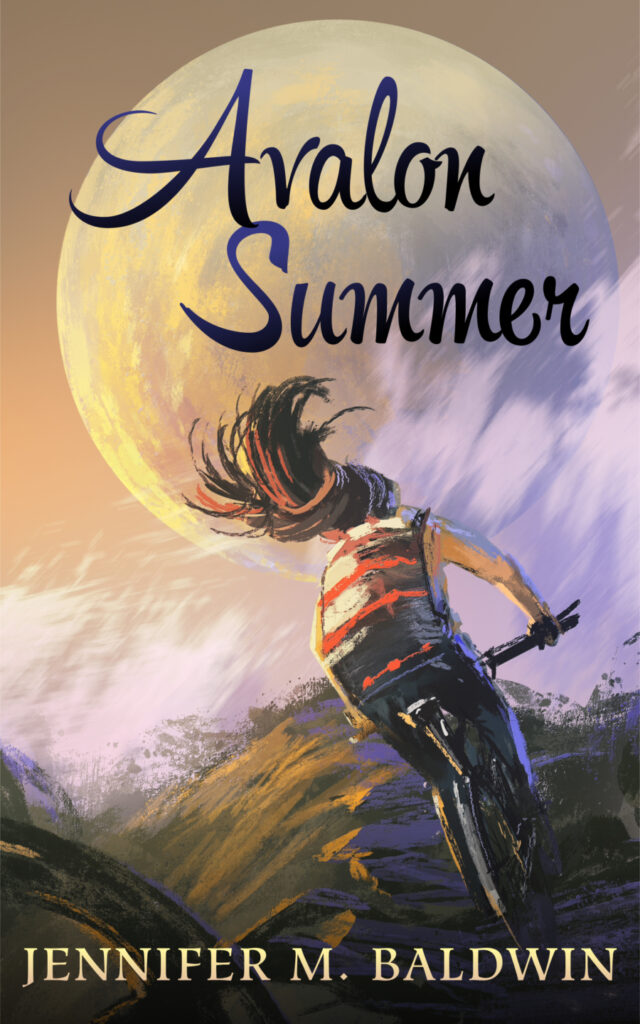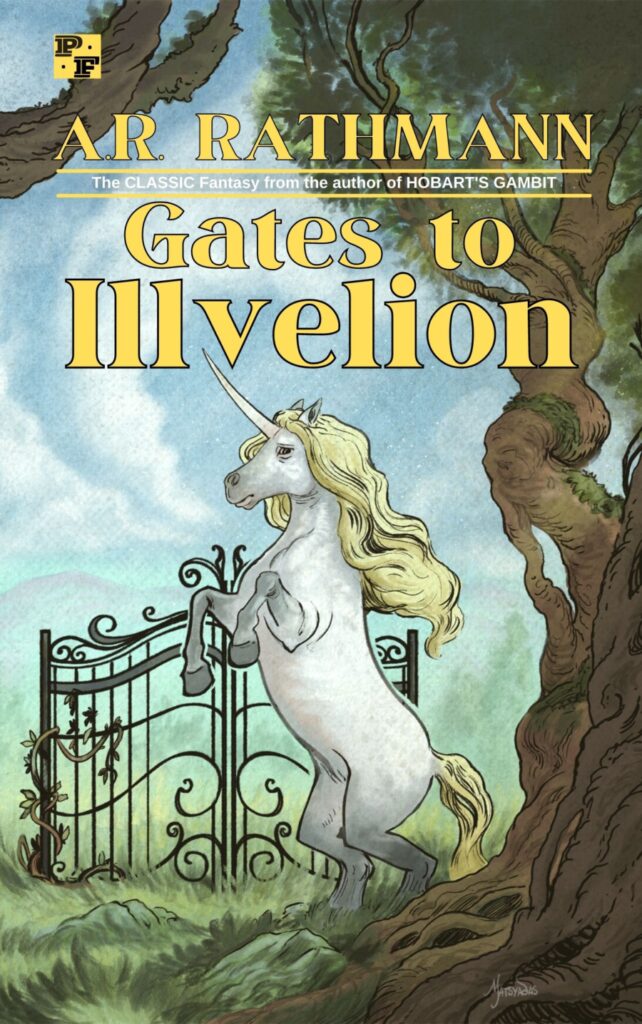I teased this ages ago, but it’s finally here. The first installment of what I hope to be a regular series on the blog: “It Came from the Game Closet.”
We have this closet, you see. It is in our living room, and it is quite tall, and it is filled with games. Stuffed. Bursting. Unruly and untapped.
You see, we have filled this closet with games, but we’ve hardly ever played ANY of them, we’ve just let them languish in the game closet and think to ourselves, our heads nodding with pensive melancholy, “Someday… someday…”
And yet, “someday” never comes. We keep putting new games into the closet and never playing them.
Until now.
I’ve opened the weird sliding door of the weird corner closet with the triangle-shaped shelves and I’ve pulled out a game. It’s one of the few games in the closet we’ve actually played, but we haven’t played it in a long time, and it gives me warm fuzzies just looking at the box’s cover art, so it’s the first one I picked.
I wasn’t able to PLAY play it (it’s not really a game that works solo because you need the other players to play the hazard cards), but I did use the cards to make up my own stories and added in a few hazards just to keep it fun. I tried to imagine myself as a hobbit sipping a pint at the Green Dragon, regaling the crowd with my masterful yarn-spinning skills. I felt silly at times, yes, but I had a good time.

Hobbit Tales is a storytelling game, and as such, it lends itself to use as a storytelling tool. As I was playing it solo, I realized how I could use it for my writing and role-playing game prep (I should have realized its use for RPGing sooner, since the game literally bills itself as an aid/companion to the first edition of The One Ring RPG… I feel a bit dumb about not catching that until now).
Each card has a title, a picture, and a quote from Tolkien’s fiction, and thus there are lots of jumping off points for storytelling/prompts for writing and gaming. Yes, there are a gazillion writing prompt-generators out there, digital and analog (I have these really cool Writing Dice, in fact, that my husband got me for Valentine’s Day), but there’s lots of charm in using the simple story seeds from the Hobbit Tales cards.
The open-ended quality of the titles, illustrations, and quotes means they’re flexible enough for any kind of fantasy story, and because they are simple and often archetypal, they prompt lots of symbolic and even mythic ideas.
For instance, one of the random cards I drew “Weather-beaten Traveler.” This immediately prompts me to think of types of weather that could beat someone down: rain showers, snow storm, wind storm, floods, even sandstorms and drought. And the idea of a “traveler” is so basic and yet full of possibilities. The traveler could be a stranger in a strange land, a person seeking a way back home, an explorer, someone on a quest, or someone simply out for a stroll who got caught up in a weather phenomenon.

What would happen if I drew such a card as a prompt for a story, or to give me something to insert into a story where I’m stuck?
I’m currently working on Norse City Limits, an urban fantasy inspired by Icelandic sagas and old 1940s film noir, and my main guy, Grettir, is about to speak to a dead man (could be magic or Grettir could simply be hallucinating due to a drug-induced haze… I don’t know yet). If I wanted to, I could play a free-association game with my “weather-beaten traveler” card.
Perhaps the dead man is a vagrant, caught up in a web of lies and vice that he’s totally alien to, just the wrong man at the wrong time.
Or perhaps he was traveling to find Grettir, got caught and killed by Grettir’s enemies, and now he’s shown up anyway in the form of a corpse.
Or perhaps he wasn’t killed by humans at all. Maybe the weather killed him, an extreme form of weather (and maybe that weather was caused by a spell or a god), and his death is a portent of things to come.
The Hobbit Tales cards are really fun in this regard because they spur ideas, invite me to play with archetypal elements, and provide several points of entry, all without being too specific or “out there” in content. Nothing in these cards will veer my stories wildly off-track or be too wacky.
The uses of these cards for role-playing games is obvious. Instead of a random encounter table, simply draw a card from the deck, or several cards, or a adventure card and a hazard card and try to combine them into a unique encounter, combat, trap, or puzzle.
Sometimes writing prompts from outside sources are too particular or too prescriptive. There are times when that specificity or oddball quality will instigate an exciting and unique story idea, but more often than not, I end up with something that doesn’t fit my sensibilities as a writer.
With the Hobbit Tales cards, I have prompts and ideas that work much better with the kinds of stories I like telling and which can easily be integrated with my current works-in-progress (if need be).
Also, the artwork and aesthetic of the game is charming and a pleasure to interact with. I like taking out the cards and the green coasters and spending time with them.

As a game, Hobbit Tales is low-stakes, congenial, and more about creativity and having fun with mates rather than the competition of who has the most points at the end. Yes, it is “competitive” in that there can be a winner at the end (teller with the highest score at the end of all the rounds), but that’s really not the impetus for playing. It’s much more about enjoying Tolkien’s Middle-Earth, pretending to be a hobbit, and flexing your storytelling muscles.
For people who are intimidated by the improvisational storytelling, the game might not be as enjoyable, or it might take some time to realize that none of these stories will end up being “good.” The fun is in trying to tell the story and include the hazards if necessary, not to be some brilliant performer.
In some ways, it’s a good lesson for everyone, professional storyteller or amateur: Have fun and don’t worry about whether something is “good” or not. Let the creative voice do its thing. Let go of perfection and have a good time.



